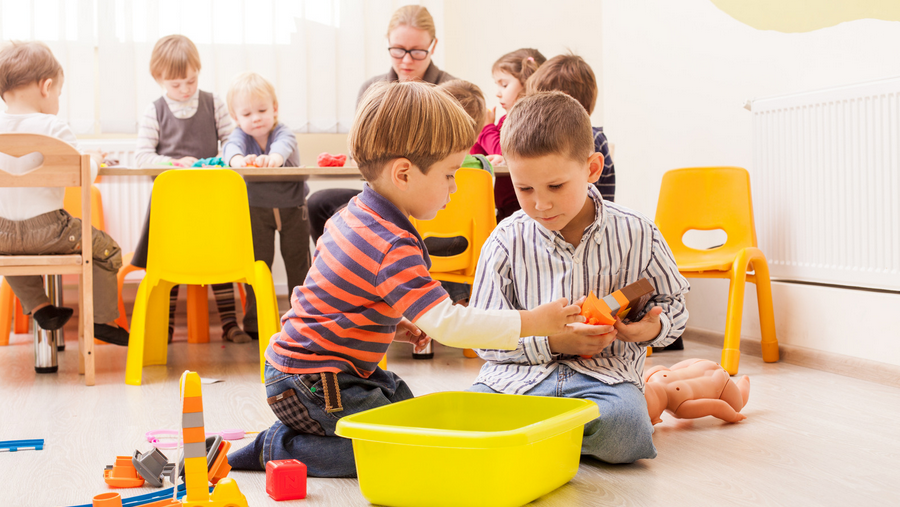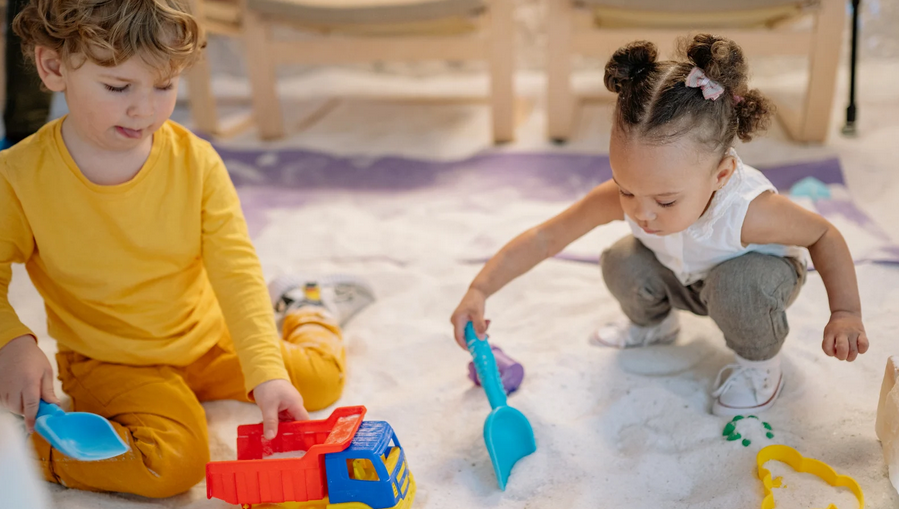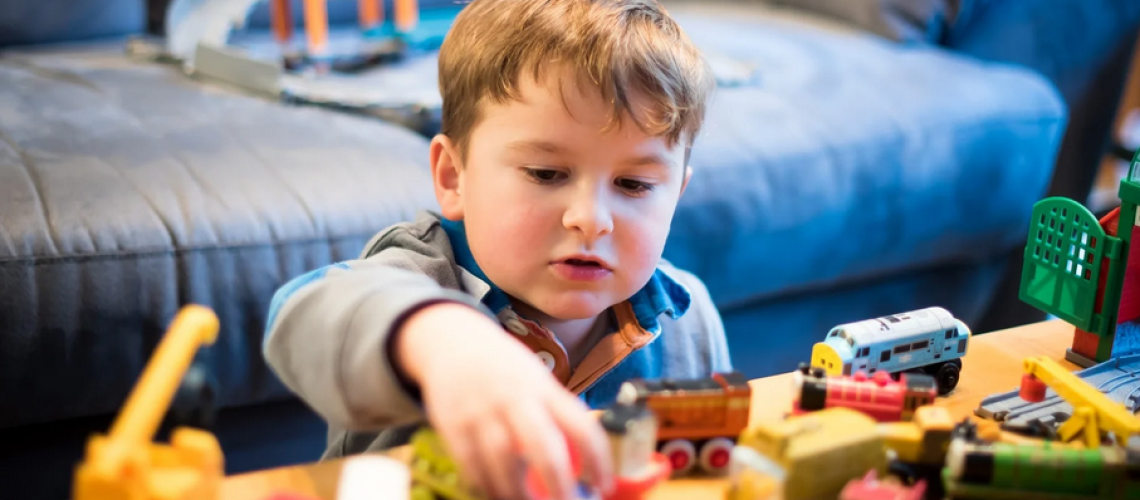As a mother, keeping your child entertained and engaged can sometimes feel like a full-time job. Toys are an essential part of childhood, but after a while, they can lose their appeal and become cluttered and disorganized. That’s where toy rotation comes in – a simple, effective way to keep your child’s playtime fresh, exciting, and organized.
In this guide, we’ll explain what toy rotation is and how it works. We’ll also show you how to set up a toy rotation system that works for your family, with tips for sorting and categorizing toys and storage solutions for rotated toys.
Understanding Toy Rotation
Before we dive into setting up and implementing a toy rotation system, it’s essential to understand what it is, why it’s important, and how it works.
What is Toy Rotation?
Toy rotation is a system of cycling your child’s toys to keep things fresh and exciting. It involves organizing your child’s toys into different categories, deciding how many toys to rotate, and storing the rotated toys out of your child’s reach. Limiting the number of toys your child has access to can create a sense of novelty and excitement around the available toys, which can help maintain your child’s interest and engagement during playtime.
What are the Benefits of Toy Rotation?

If you’re considering implementing a toy rotation system for your child, there are several benefits to keep in mind. These include:
1. Maintaining your child’s interest and engagement during playtime
- Creating a sense of novelty and excitement around available toys
- Encouraging focused and imaginative play
- Promoting a greater appreciation for the toys they have
2. Reducing clutter in your home
- Keeping a few toys out at a time
- Storing the rest out of your child’s reach
- Creating a more organized and tidy space
- Making it easier for your child to find the toys they want to play with
3. Encouraging the development of decision-making skills in your child
- Involving them in the process of sorting and categorizing their Montessori-inspired toys
- Allowing them to choose which toys to keep and which to rotate
- Helping them develop their decision-making and problem-solving abilities
By keeping the toys you allow your child to access organized and rotated, you’ll be able to keep their playtime fresh and exciting while creating a more organized and tidy space for them.
How Does Toy Rotation Work?

There are several ways to implement a toy rotation system in your home. You can implement it on a large or small scale based on how much time you want to spend managing it and how many toys you want to rotate.
Toy rotation works best if you keep the following in mind:
1. Keep a limited number of toys out at one time
- Store the rest out of sight and out of reach
- Choose a rotation schedule that works for your family
- Ensure that the toys are organized and easy to access
2. Introduce new toys gradually and rotate them out regularly
- Introduce one or two new toys at a time
- Monitor your child’s interest and engagement with the new toys
- Rotate toys out on a regular basis to maintain interest and engagement
3. Encourage your child’s involvement in the process
- Have your child help sort and categorize their toys
- Allow your child to choose which toys to keep out and which to rotate
- Use the opportunity to teach decision-making and organizational skills
Making toy rotation work for your family will depend on several factors, including your child’s age, the number and types of toys in your home, and the schedule you want to follow.
You can implement a different toy rotation system for each set of toys you have. There are no hard-and-fast rules about how many toys to rotate or what to rotate those toys through.
When Should You Start Toy Rotation?

Toy rotation can be beneficial at any stage, as soon as a child begins to show an affinity for toys. This is especially applicable during the toddler and preschool years, as children are often presented with many toys, potentially leading to becoming overwhelmed or losing interest in them.
Starting toy rotation early can help your child develop strong organizational and decision-making skills. Through sorting and categorizing their toys and selecting which toys to keep out and which to rotate, your child can learn important skills that will serve them well throughout their lives.
How to Introduce Toy Rotation to Your Child?
These tips can help you effectively introduce and teach toy rotation to your child:
1. Explain the concept of toy rotation to your child
- Use age-appropriate language to explain the concept
- Highlight the benefits of toy rotation, such as having new toys to play with and keeping the play area organized
2. Involve your child in the process
- Have your child help sort and categorize their toys
- Allow your child to choose which toys to keep out and which to rotate
- Use the opportunity to teach decision-making and organizational skills
3. Make it fun and engaging
- Create a special toy rotation bin or area that your child can help decorate
- Use colorful labels or stickers to help your child identify which toys belong in which bin
- Celebrate the process and your child’s participation in creating a fun and engaging play environment.
By following these steps and making adjustments as needed, you can help your child embrace the concept of toy rotation and enjoy the benefits of a healthy and engaging play environment.
Common Misconceptions About Toy Rotation

Several misconceptions about toy rotation have made some parents hesitant about implementing such a system in their homes. These are the most common myths and the reality of toy rotation:
“Toy rotation is too hard and takes too much time regularly.”
“We don’t have enough toys to do toy rotation.”
“My child will naturally play with all their toys without help.”
“My child is too old for toy rotation to be effective.”
“Toy rotation means my child will forget about their toys.”
“I only need to do toy rotation once, and I’m done.”
“Toy rotation only helps my child, not me.”
“Toy rotation is only for people with a lot of clutter.”
“Toy rotation restricts my child’s play and creativity.”
“Toy rotation is a quick fix for bigger play and child development issues.”
Maintaining Toy Rotation
Maintaining toy rotation is the key to making this strategy work for your family in the long term. Once you’ve established a system for rotating your child’s toys, it’s important to regularly update and refresh the selection to keep things interesting and engaging. This keeps your child engaged and stimulated and ensures they’re making the most out of their toys and learning new things.
To maintain your toy rotation system, consider the following:
- Schedule a regular time to refresh the rotation
- Consider how often each toy is being rotated out, and decide if you want to change this frequency
- Choose toys as a family and make sure your child is involved in the decision-making process
- Rotate toys in and out of the rotation bin or area so that your child can access more of their toys more often
- Use the opportunity to teach decision-making and organizational skills
But when it comes down to it, one of the best things you can do for your child is to play actively with them. It’s important to remember that playing is the essence of learning and that your child learns best when they are having fun.
Troubleshooting Toy Rotation

Troubleshooting toy rotation is important in making this strategy work for your family. Like any new system, it may take some trial and error to determine what works best for your child and your family’s needs. But don’t worry – with a bit of patience and persistence, you’ll be able to find a toy rotation system that works well for everyone.
There are two most common issues with toy rotation:
1. Your child may resist the idea of putting away their favorite toys.
To address this, involve your child in the rotation process and explain why switching up their toys is essential. Set clear expectations and routines around toy rotation and gradually phasing in the new system over time.
2. Finding the right balance between too many and too few toys.
If you have too many toys in the rotation, it can become overwhelming and difficult to manage. On the other hand, if you have too few toys, your child may become bored and disengaged. To find the right balance, consider your child’s age, interests, and developmental stage, and adjust the rotation schedule as needed.
By troubleshooting toy rotation, you can overcome common challenges and find a system that works well for your family. Creativity and flexibility allow you to create a toy rotation system that promotes learning, development, and a happy, clutter-free home.
Final Thoughts
We hope this guide has helped you understand and implement a toy rotation system. By rotating your child’s toys, you can create a sense of excitement and novelty in playtime while keeping your home organized and tidy. Remember to involve your child in the process and adjust the system to suit your family’s needs.
We at Montessori Academy understand how important it is to develop the right educational environment for your child. The Montessori Method is an effective way to help all children grow and develop into well-rounded and confident individuals. With a focus on hands-on learning and individualized education, our school can give your child a safe environment where they can reach their full potential.
Please contact or visit our school to learn more about our programs and services. We look forward to hearing from you soon!

